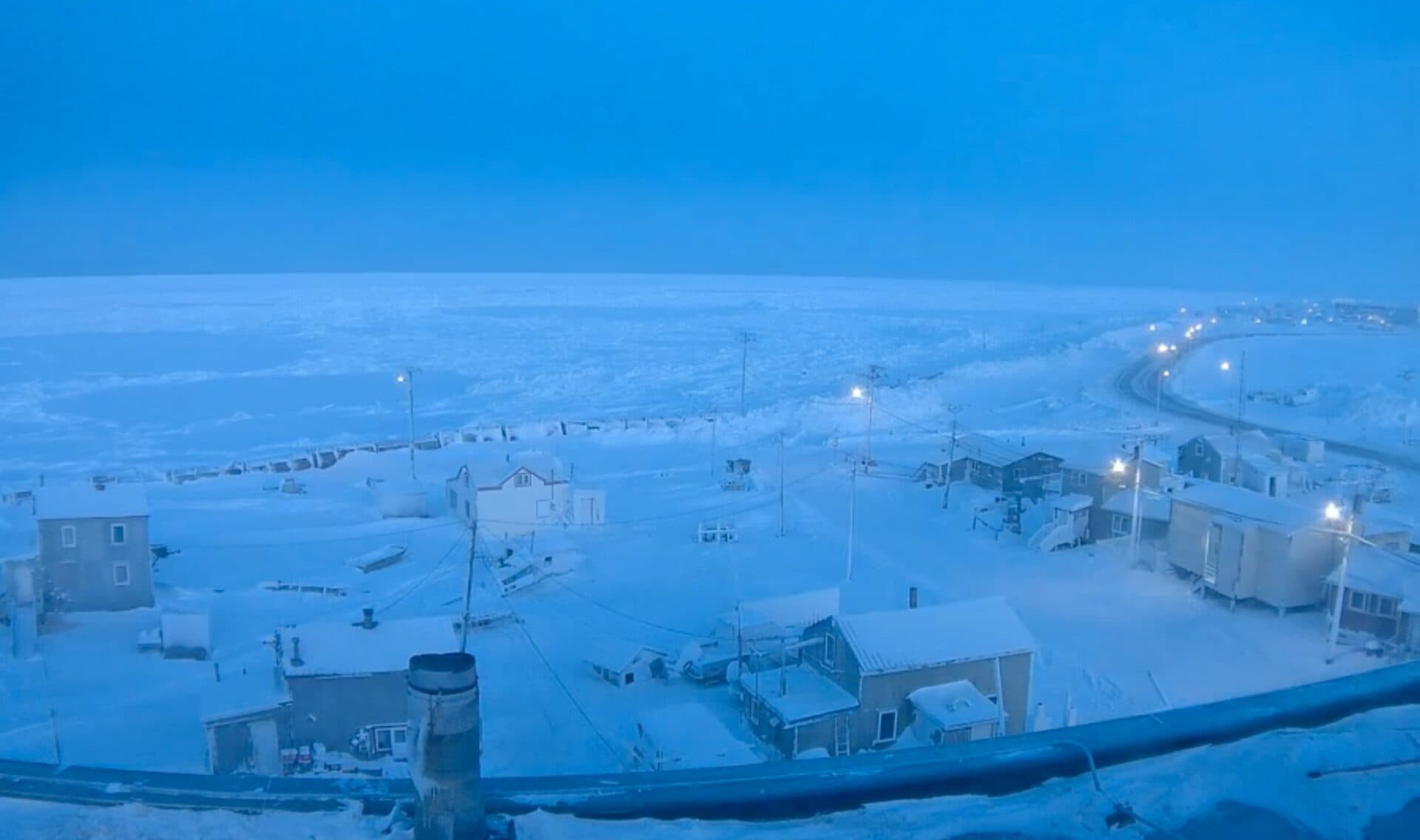Visitors urged to prepare, respect Utqiaġvik culture and limited services
Utqiaġvik is the United States northernmost municipality and a community with important cultural and subsistence practices. Residents and visitors should plan travel carefully, follow local guidance to avoid disturbing subsistence activities and wildlife, and be aware that commercial services and travel windows are limited.

Utqiaġvik sits at the top of the North Slope Borough and draws attention for its unique culture, Arctic landscape and community events. The Iñupiat Heritage Center and the Utqiaġvik Whale House offer visitors direct entry points into Iñupiat history and seasonal subsistence traditions. The Arctic Ocean shoreline and Point Barrow are known for bird and marine mammal viewing, and local institutions such as Iḷisaġvik College host public events and cultural programs.
For residents and visitors alike the practical realities of living at such a remote latitude shape daily life. Commercial services in Utqiaġvik are limited and travel windows are seasonal. Most visitors travel by air, and those planning trips should consult the North Slope Borough and City of Utqiaġvik websites along with local operators for travel planning and community rules. That planning matters for safety, for protection of subsistence resources and for the health and resilience of the community.
Public health implications are immediate and layered. Limited local services and intermittent travel access can constrain routine care, timely specialist consultations and elective procedures. They also affect emergency response options and access to supplies at certain times of year. These factors reinforce the importance of advance planning for medical needs, clear communication between visitors and community hosts, and continued investments in culturally competent health services on the North Slope.
Community subsistence events, seasonal whaling activities and public holidays such as Kivgiq and Piuraat are central to local well being. Visitors observing shorelines and wildlife are asked to follow local guidance, both to avoid disturbing subsistence activities and to protect sensitive wildlife. Respect for that guidance is not merely etiquette, it is part of sustaining a way of life that supports food security, social cohesion and cultural continuity.
The intersection of tourism interest and limited infrastructure raises questions of equity and policy. Ensuring that the benefits of visitation reach local residents depends on partnerships that center Inupiaq leadership, protect subsistence rights and expand community resources. Investments in healthcare capacity, reliable transport options and locally controlled cultural programming can reduce disparities that remote Alaska communities face.
For anyone planning a trip or community engagement in Utqiaġvik it is essential to check local calendars for seasonal events, confirm travel arrangements with local operators and consult North Slope Borough and City of Utqiaġvik resources for rules and safety guidance. Careful preparation and respect for local priorities help protect public health, sustain cultural traditions and support community resilience.


